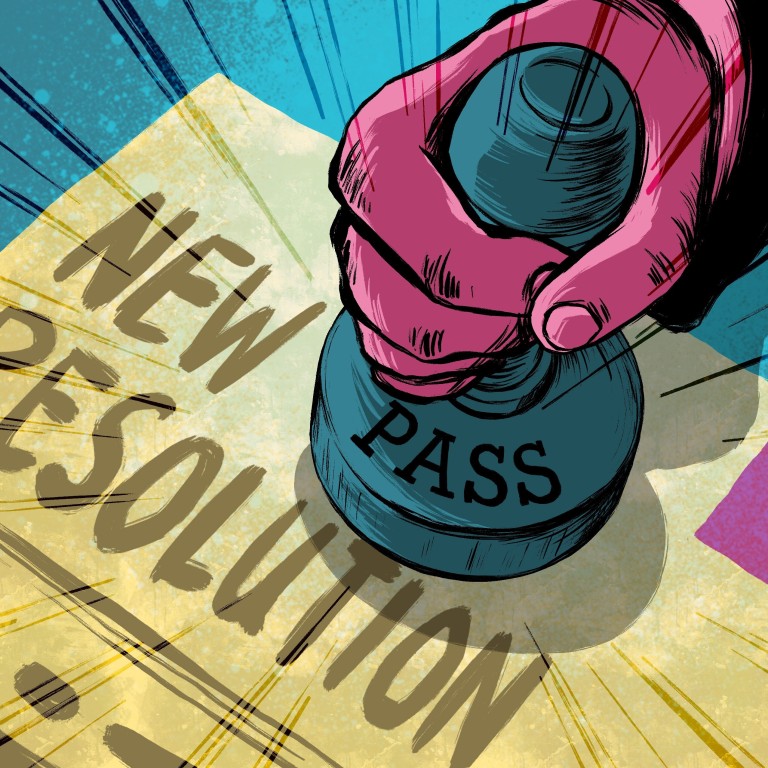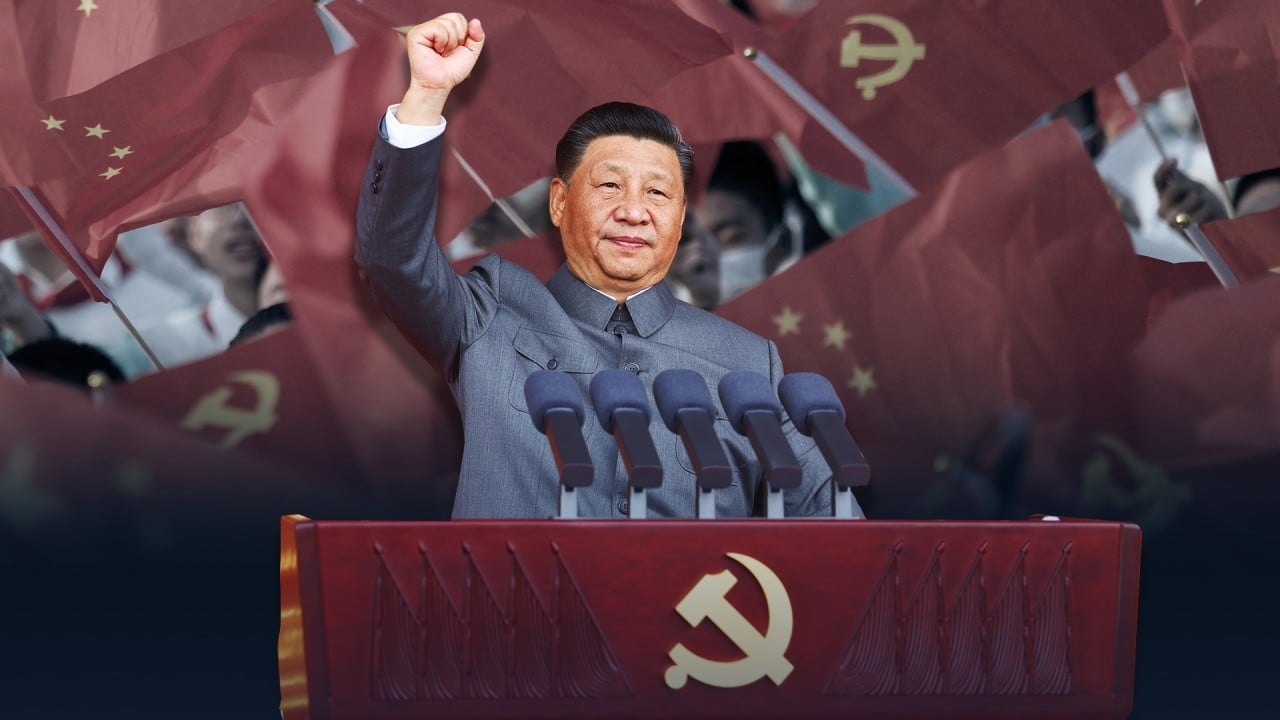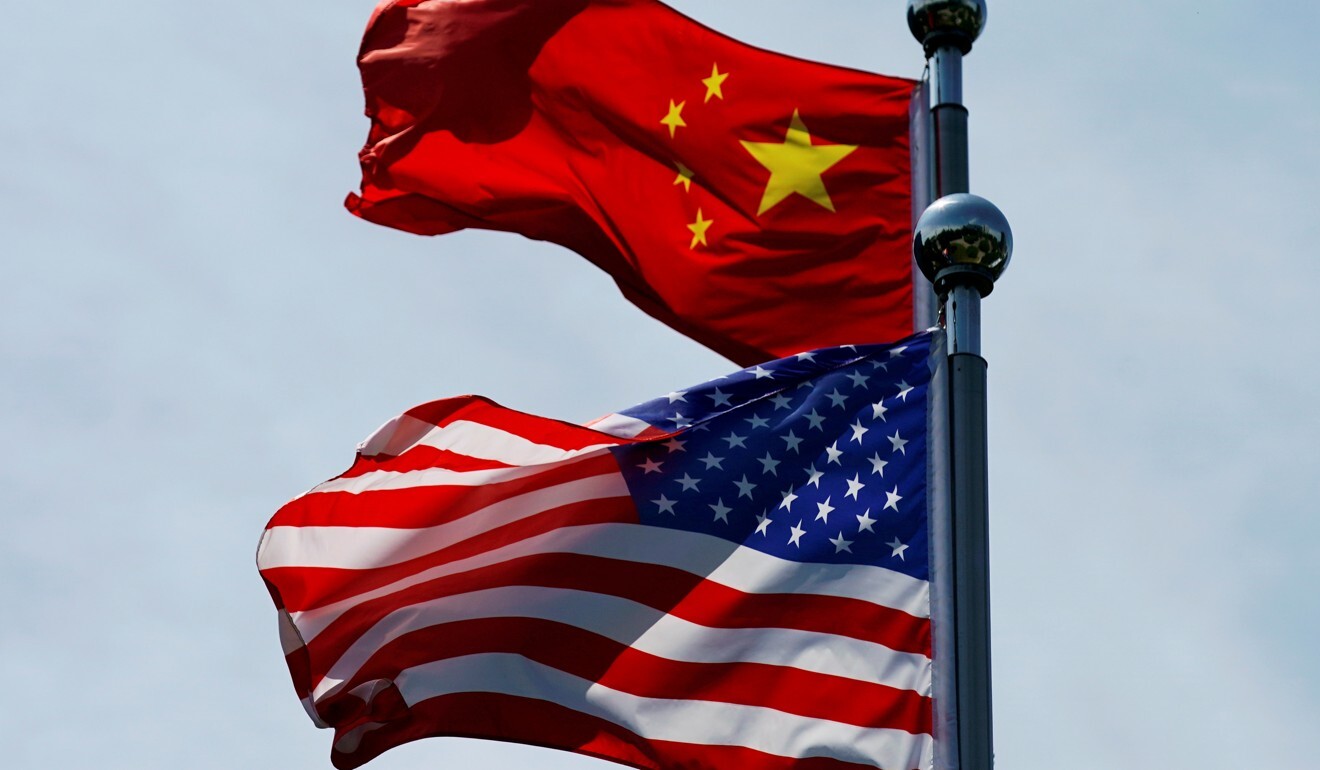
China’s Communist Party is about to pass a new resolution. Here’s what to expect
- Third ‘historical resolution’ is likely to be less significant than the others and more about reaffirming Xi Jinping’s authority and policies
- It will be on the party’s ‘major achievements and experience’ and is expected to be adopted at a political gathering in Beijing this week
After paramount leader Mao Zedong’s death in 1976, China’s communist rulers spent years debating how to take the country forward from more than a decade of international isolation.
It was done in a 30,000-word resolution, passed by the Central Committee, a statement that remains the party’s most explicit public criticism of Mao but assigned most of the blame to people surrounding the great helmsman and reaffirmed Mao’s position as the founding father of modern China and its greatest revolutionary leader. It also set the nation on a path towards opening up and integrating with the global economy.
Dali Yang, a political scientist at the University of Chicago, said the leadership had continued to adhere to key elements of that resolution, such as embracing market-oriented economic reforms and the cardinal principle of one-party rule.
“It has almost become a living constitution of China, and a very important part of China’s political system,” he said.

The resolution is the main item on the plenum’s agenda and it will be just the third on history since the party was founded 100 years ago. It will be voted on by more than 300 full and alternate members of the Central Committee.
But unlike the previous two resolutions, which have had a profound influence on Chinese politics, observers expect this one to be more modest in tone and to be more about reaffirming Xi’s authority and policies.
Chinese Communist Party plenums: what are they and why are they important?
“The purpose [of this plenum] seems to be to review the party’s governance in history, and to pave the way for the future leadership and their policy direction,” said Gu Su, a political scientist with Nanjing University. “It will also need to praise the achievements of the current leader.”
Gu said the previous resolutions had examined the party’s mistakes and set out major political changes, but that was not expected this time.

04:06
China’s communist leaders gather for ‘sixth plenum’
The party’s first “historical resolution” was passed in 1945 and endorsed Mao as its absolute leader, four years before the People’s Republic of China was founded. It also examined what the party saw as missteps during the first 34 years of the revolution, mainly by Mao’s former opponents who it said were either heavily influenced by Moscow or too radical.
The 1981 resolution orchestrated by Deng Xiaoping criticised Mao for his mistakes, including the Cultural Revolution, but it also defended the late chairman as a statesman who had paved the way for China’s industrialisation.
It is almost certain that Xi will not go that far in the new resolution. In his speech marking the party’s centenary in July, Xi praised his predecessors – Mao, Deng, Jiang Zemin and Hu Jintao – for their “tremendous and historic contributions” to China’s rise. A similar tribute to the four leaders was made at last month’s Politburo meeting on the resolution, according to the readout.
“It’s not likely that it will explicitly examine mistakes made by predecessors or herald a major change of course,” Gu said. “In this sense, the new resolution might not carry the same weight and significance as the previous two.”
State media has gone into overdrive ahead of the plenum, with party mouthpiece People’s Daily running front-page features eulogising Xi’s leadership and “crucial choices” in recent years.
The first, on Monday last week, said the decision to make Xi the “core” of the leadership in 2016 and to include that in the party’s constitution the following year was “a blessing for the party, the country, the people and the Chinese nation”. “Every Chinese must support [Xi as] the core,” it said. “Every party member must follow him as the core.”
The text of the new resolution has not been released, but these are some of the key events that could be included.
Seventh party congress in Yanan, 1945
At a long-delayed meeting at the revolutionary base in Yanan, Shaanxi province, Mao was anointed as the unchallenged supreme leader of the party, a status he retained until his death. The party later hailed the “unprecedented solidarity” shown at the gathering, which it said had been crucial to its victory in the civil war that started a year later.
Cultural Revolution, 1966-76
The dark decade launched by Mao saw a vast, brutal purge of the country’s establishment and intellectuals, nationwide anarchy and economic paralysis. The 1981 resolution put an end to debate over how to view Mao’s legacy by denouncing the Cultural Revolution as a “disaster” while recognising his role as the founding father of modern China.
Reform and opening up, 1978
After two years of transition, Deng and his colleagues began much-needed reforms to the country’s rigid and inefficient planned economy. Reform and opening up has since become the consensus among Chinese policymakers across the political spectrum. In a 2018 speech marking 40 years since the policy was launched, Xi called it “a great awakening”.

Tiananmen crackdown, June 4, 1989
Return of Hong Kong and Macau, 1997 and 1999
The party sees the handover of Hong Kong from British to Chinese rule, followed by Macau’s return from Portuguese rule, as highly symbolic – as an end to decades of national humiliation inflicted on China by colonial powers. The semi-autonomous framework under which they are governed, known as “one country, two systems”, was initially hailed as a successful model that could be followed by Taiwan, which Beijing claims as its own. But that has faded from the official narrative in recent years.
China’s accession to the WTO, 2001
The Xi Jinping era, 2012-
Xi took the helm as the party’s general secretary in the autumn of 2012. Few could have seen what was to come, but five years later Beijing would describe that year as the start of a new era. That era has seen increasing suppression and little tolerance for dissent, both within and outside the party. Collective leadership has become precarious as Xi consolidated his position and power, doing away with presidential term limits in 2018. Beijing is also becoming increasingly assertive on the global stage.
China-US trade war, 2018-

Coronavirus pandemic, 2019-
Meanwhile, as global trade and supply chains have been disrupted, there has been a rise in isolationism and protectionism around the world. Negative views of China have risen in many countries, especially developed economies, according to a 2020 Pew survey, and nationalism and suspicion of the West appears to be on the rise in China.

